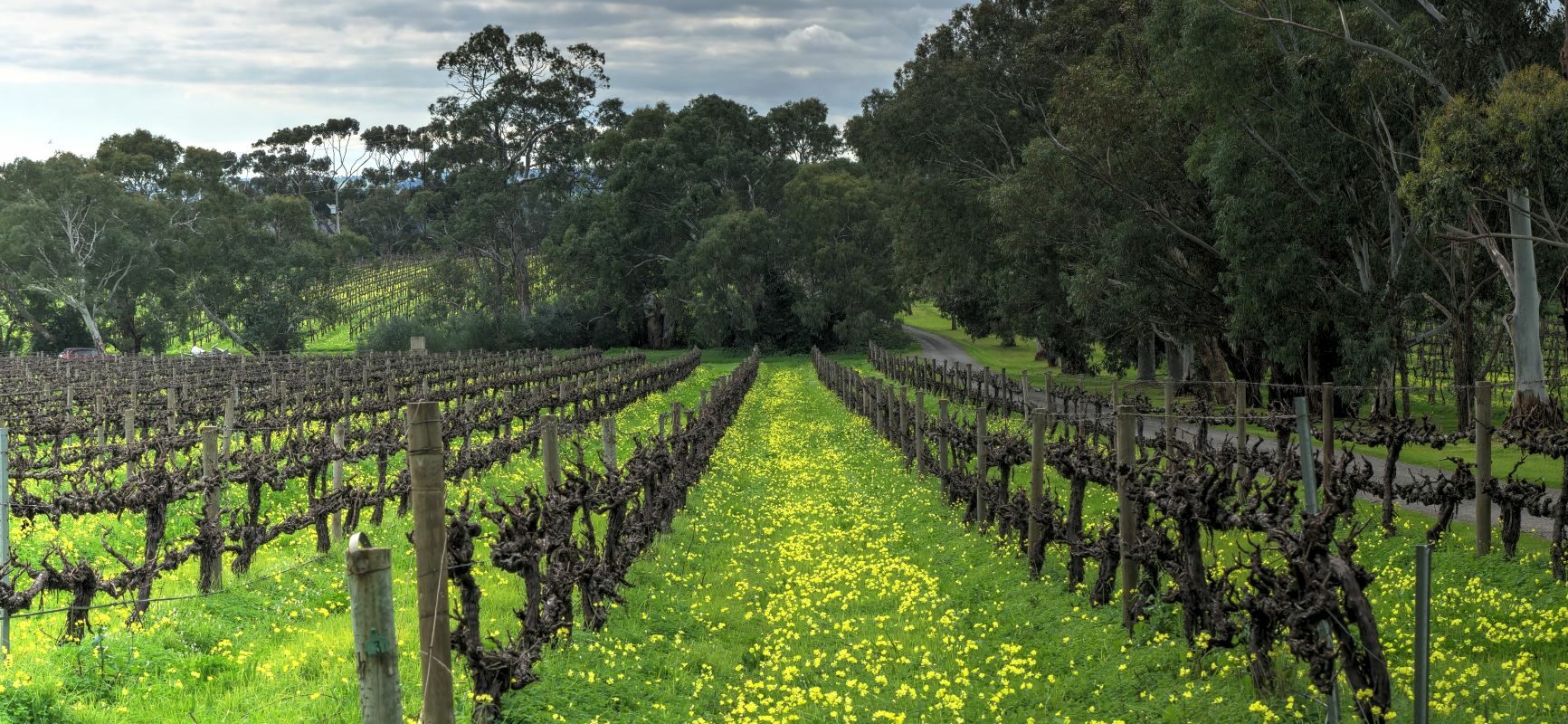What does organic mean?
Organic farming is based on minimising the use of external inputs, and as such our certified organic grapes are grown and processed without the use of synthetic chemicals, fertilisers, or GMOs. Our system of organic viticulture at Battle of Bosworth works with nature rather than against it, and by keeping harmful chemicals out of the land, water and air, creates a healthy environment rich in flora, fauna and nutrients; the perfect environment for growing the very best quality wine grapes.
Conversion to organic viticulture began in 1995. Battle of Bosworth now has a significant holding of 30 years and older Shiraz, Cabernet Sauvignon, Chardonnay, Sauvignon Blanc and Mourvèdre (as well as a little Malbec, Graciano and Touriga Nacional) vines which are fully certified organic by Australian Certified Organic, a process that takes four years. Certification involves yearly audits and random sampling of produce.
A lot of what we do in the vineyard is simply old-fashioned grape growing; essentially, our vineyards are run as they would have been 50 years ago before synthetic pesticides and fertilizers became available. We’ve also developed a method of sustainable weed management whereby Soursobs (oxalis pes caprae) are encouraged to grow under-vine to out-compete other weeds, as well as using modified vineyard machinery to increase efficiency and minimise environmental impact. We have also spent considerable time and effort in extensive re-vegetation projects on the vineyard by removing feral species and replanting natives, helping both to improve biodiversity and the natural aesthetics of the vineyards and creeks.”
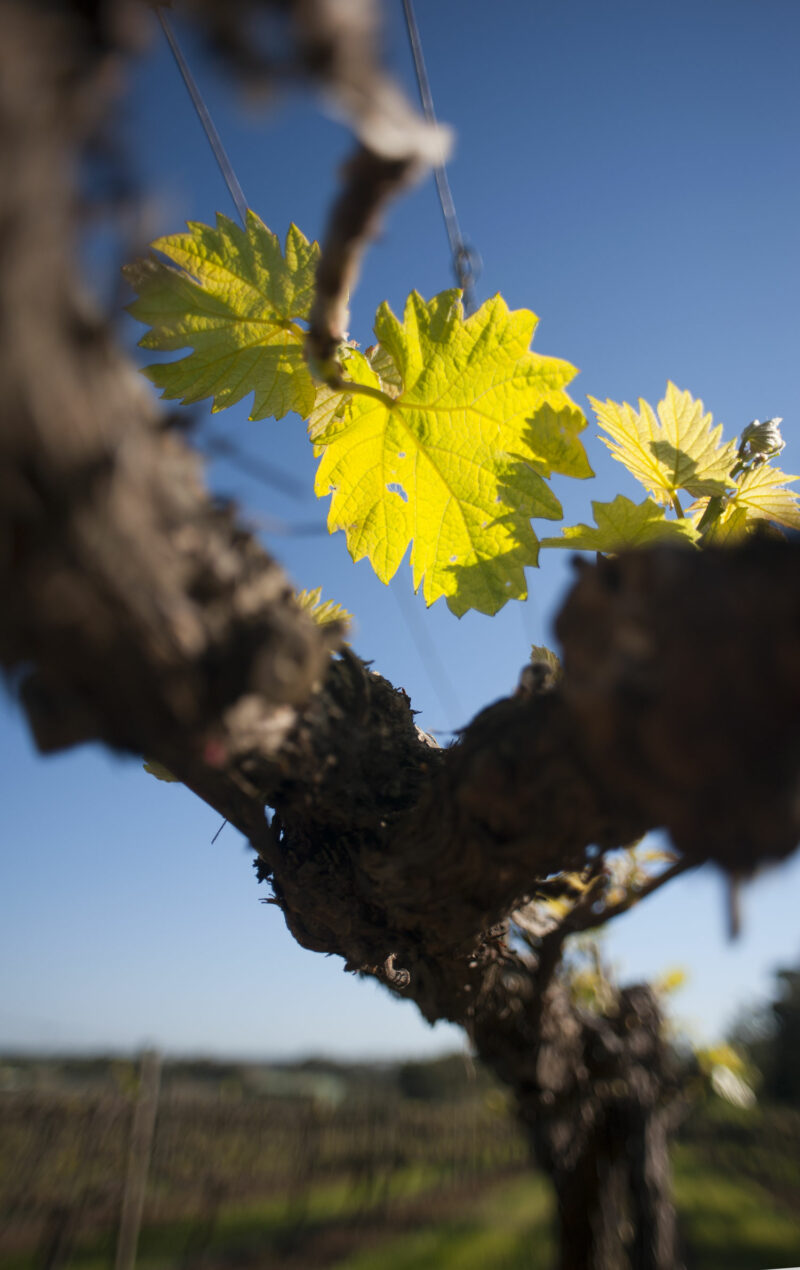

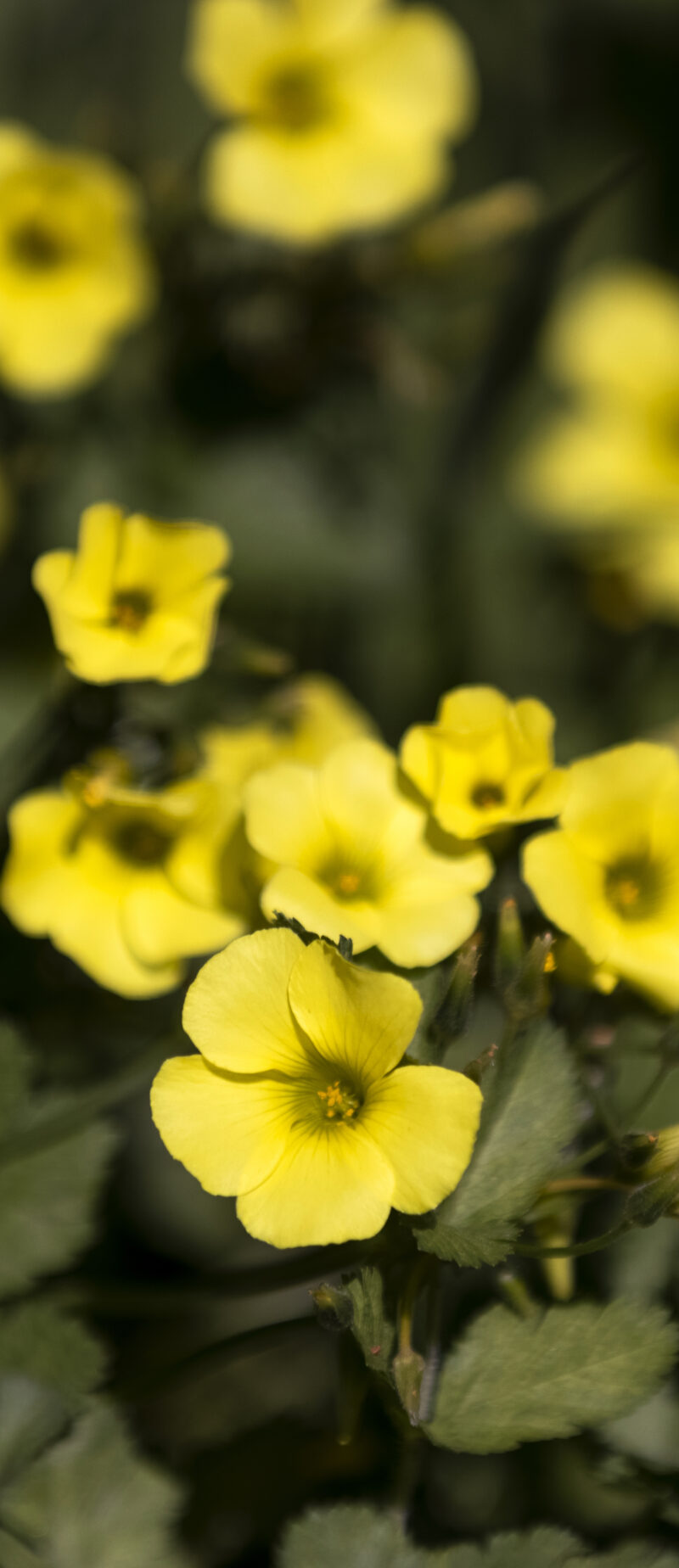
Soursobs
Soursob (Oxalis pes-caprae)
Joch combats any weeds in partnership with the soursob (Oxalis pes-caprae), the pretty yellow flower which also features on the Battle of Bosworth label. Growing rapidly under vine with the onset of winter rains, the Soursob out-competes other weeds in winter and forms a natural weed mat in spring and summer. The lifecycle of the soursob fits very well with the grape vine as it uses water in winter when the vine is dormant and dies off in summer as the vines’ water requirements increases.
Modern and Traditional Viticultural Techniques
Using old-fashioned grape growing techniques and employing sustainable modern viticultural practices helps us to grow the very best grapes possible, and by keeping cultivation to an absolute minimum, with a negligible impact on the soil structure.
Following opening rains in April/May time, the area between the rows is disced and a cover crop planted. This adds soil organic matter, helps retains soil moisture and reduces soil temperature in summer. Generally a cereal such as triticale (a cross between wheat and rye) is planted. The cover crop is mown in spring and left as surface mulch, helping form a natural weed mat. In some years weeds grow in the soursobs to an unacceptable level (mainly wild oats). When this happens, a ‘dodge plough’ is used to remove the soil under the vine to kill the weeds, only after the soursobs have set their bulbs for the next seasons growth. A specially modified rotary hoe is used at the same time. It is modified to minimise cultivation, so only about 30 cm each side of the vines are hoed, instead of the traditional whole row cultivation. We have also introduced the Clemens undervine weeder reecently (since 2020).
This soil, as well as the soil pulled from the under vine area by the dodge plough is re-mounded under the vine after 1-2 weeks of fine weather with a single ‘throwing on’ disc, leaving the under vine area weed free, with a new store of soursob bulbs in place, ready to burst into life with the opening rains in autumn.
By maintaining organic soil and biological activity and using preventative measures to deal with any pest problems, Joch and the humble Soursob have proven to be a very potent force in our viticultural Battle of Bosworth.
Vineyards and Soils
The vineyards are located in the southern foothills of the Mount Lofty Ranges which form the eastern boundary of the McLaren Vale region, and are some 7 km due west of the sea. Our vineyards are approximately 130 metres above sea level.
Soils comprise predominantly Urrbrae silt loams from the Quaternary period. They are variously red brown to chocolate brown clay loams with slate/quartz gravel over red brown, very stony and well-structured clay with up to 50% soft carbonate. This all means that the soils are very well-drained (vines do not appreciate ‘wet feet’) and at the same time, have excellent water holding properties. Supplementary drip irrigation from underground water is used in the vineyards when required.
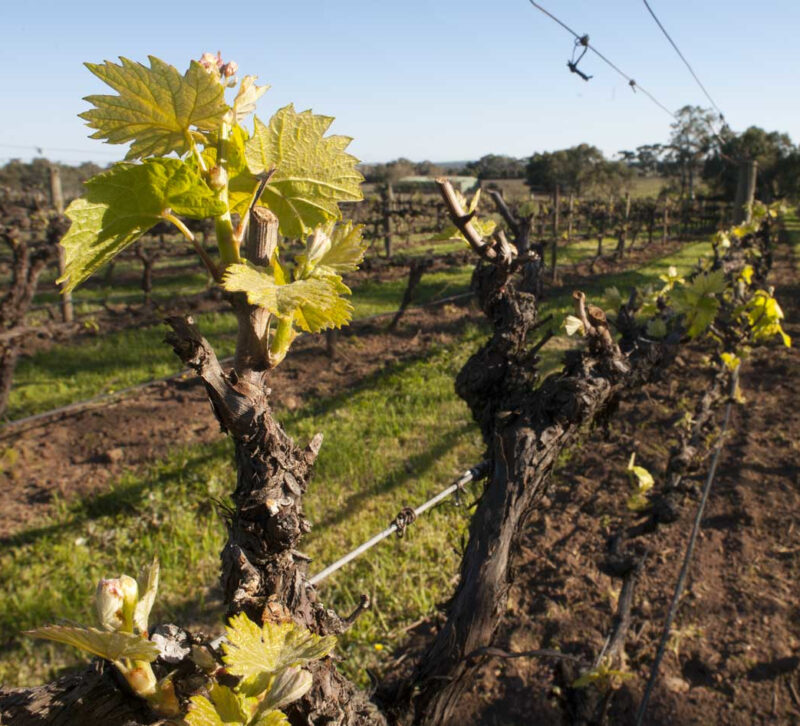
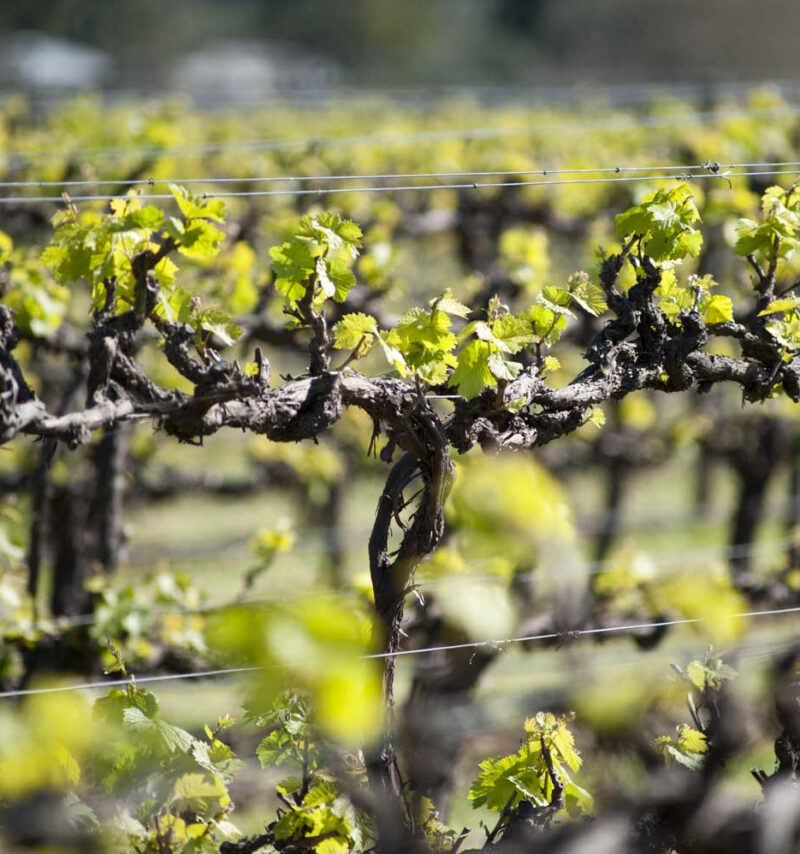
Vines
Most varieties are trained to a two wire vertically shoot positioned spur pruned trellis. Joch has been re-working quite a few blocks to a single wire spur pruned trellis.
The ‘cordon cut’ rows from which we get the vine-dried Shiraz blending components (and from the Shiraz, the ‘White Boar’material) are trained to a single wire cordon with spur and cane vertically shoot positioned.
In terms of clonal selection, the Cabernet Sauvignon vines are LC10 and LC 14 and Shiraz a mixture of 1664 and a very old and unknown McLaren Vale clone. Vines are approximately twenty years old. The Chardonnay plantings are made up of the I10VI clone and the Viognier a mixture of Montpellier and HTK. Rows are approximately 3.35 metres wide in the vineyard and space between vines about 1.8m Vine densities average at about 664 vines per acre across all varieties.


